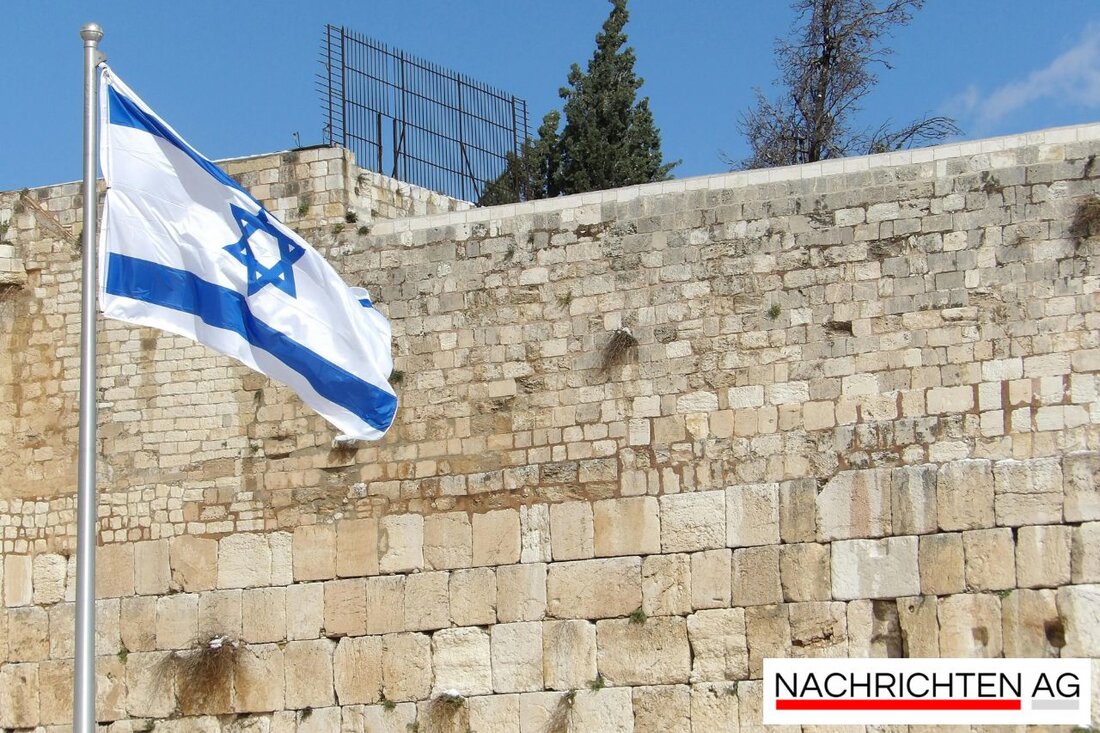30 years of the Wall of Remembrance”: Students design a place of remembrance!
On July 17, 2025, students at the Löcknitz Elementary School will receive youth competency passes for their involvement in the “Wall of Remembrance” project.

30 years of the Wall of Remembrance”: Students design a place of remembrance!
On July 17, 2025, a special event was held at Löcknitz Elementary School celebrating the 30th anniversary of the Wall of Remembrance project. During the ceremony, district mayor Jörn Oltmann presented youth competency passes to sixth-grade students whose commitment to the project is crucial to its success. The event was carried out in close cooperation between the Löcknitz primary school and the Tempelhof-Schöneberg district office.
The “Wall of Remembrance” project has established itself as a growing memorial in the schoolyard, with students designing memorial stones every year. These stones bear the names, dates and stories of Jewish neighbors who suffered during the Nazi era. What is particularly significant is that many of the memorial stones commemorate people who lived in the same neighborhood, thus creating a direct connection to local history.
Special guests and their contributions
The event attracted several special guests, including Ines Walther, the principal of Löcknitz Elementary School, and Carolin Henke, the State Secretary for Education, Youth and Family. Anan Zen, Head of Public Relations at the Embassy of the State of Israel, was also present, underlining the international importance of the project.
In the 1990s, interest in the history of the Berlin Wall increased in Berlin. Victims' associations called for a comprehensive remembrance of the Wall regime and its victims. How berliner-mauer-weltweit.eu reported, the traces of the Wall were often only found on tours, which made understanding the division difficult. The discussion about the demolition of numerous remains of the wall and the visualization of history was closely linked to this.
Culture of remembrance and memorial sites in Berlin
The Berlin Wall has been a symbol of the victims of the GDR regime since 1961. By 1989, around 50 memorials had been erected for victims of the Wall. The fall of the Wall in 1989 symbolized the downfall of the SED dictatorship and represented a significant event in world history, which also represented non-violent resistance against oppression berlin.de highlights.
Numerous memorial sites have developed in the context of Berlin's culture of remembrance. The central memorial on Bernauer Strasse was opened in 1998 and now attracts over a million visitors every year. Likewise, the East Side Gallery, a 1.3 kilometer long painted section of the wall, was reconstructed in 2008 and is now an important place of remembrance. The recognition and maintenance of memorials are central to the history and political education of the Berlin population.
The memorial initiatives, such as the “Parliament of Trees”, which was transferred to the State of Berlin in 2020, as well as the numerous free tours and seminars, offer citizens access to knowledge about the past and remember the fate of those who suffered under the Wall regime. The ongoing work on remembrance projects shows that interest in the history of the Wall is constantly growing and that the aim is to carefully present these traces.

 Suche
Suche
